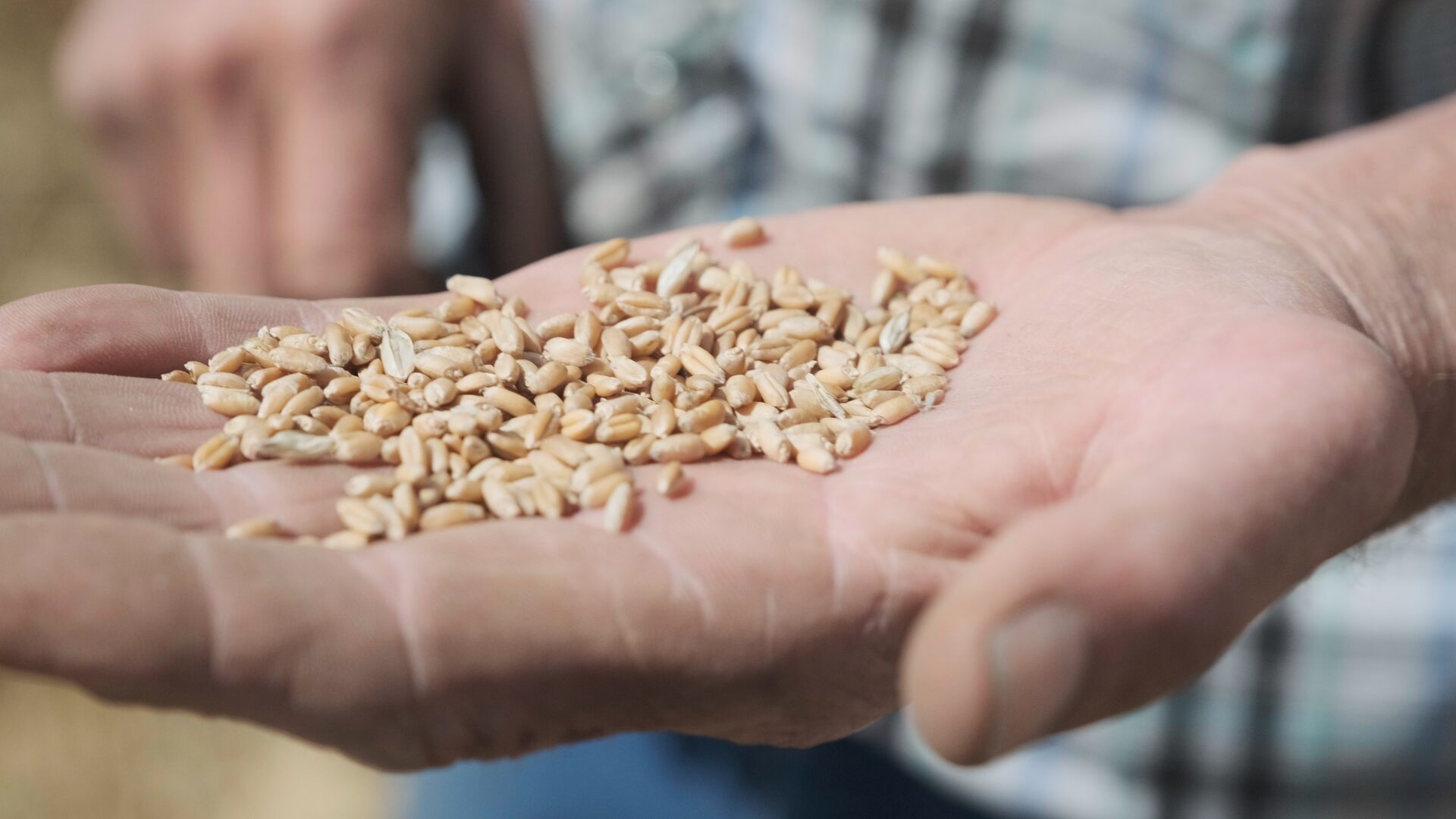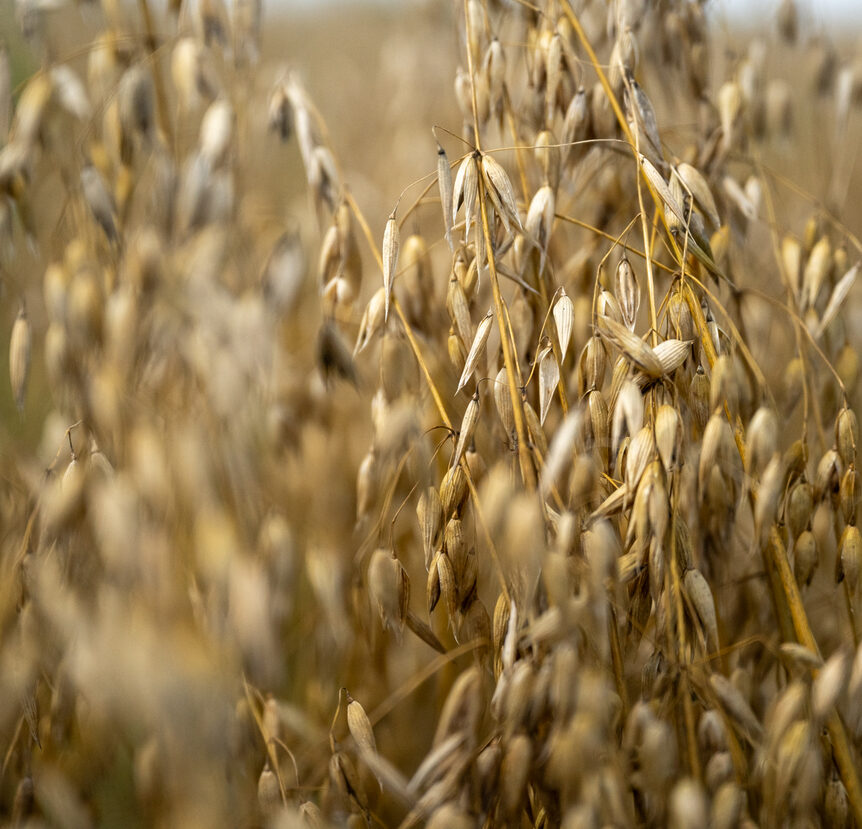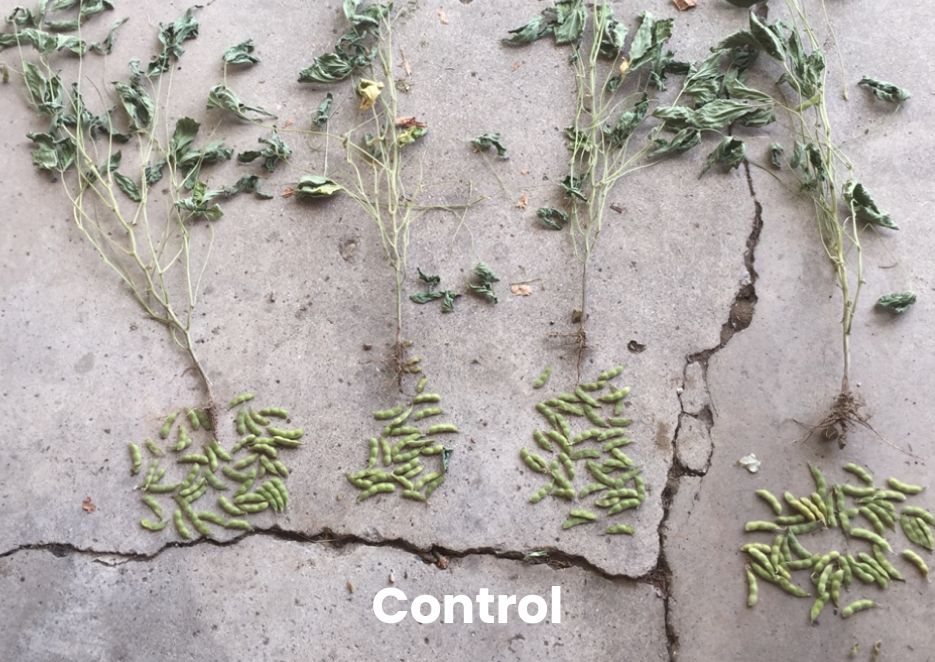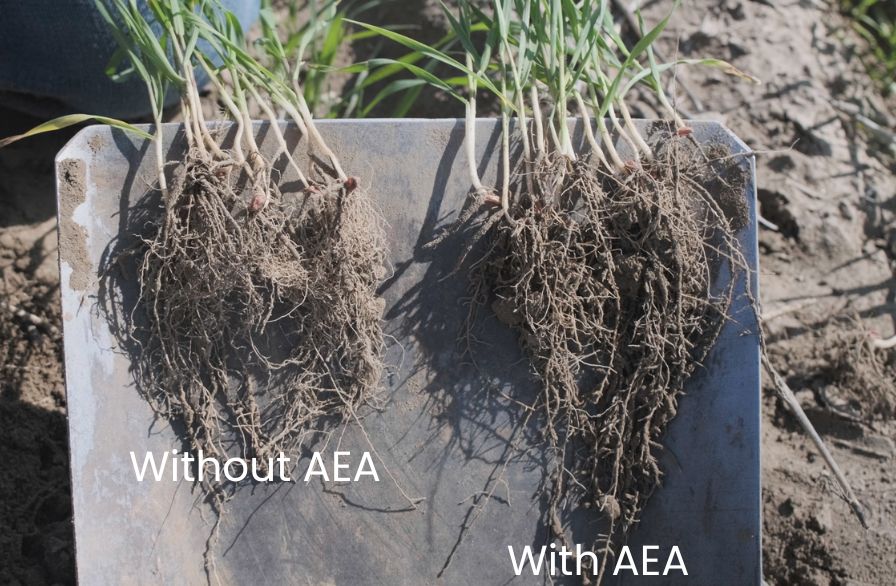In regenerative grain and legume production, it is important to take a systems approach to goal setting, crop planning, and nutrient application timing.
Pressing challenges that confront grain and legume producers include soil erosion, leaching of costly soluble fertilizers, and the susceptibility of crops to weather extremes, insects, and diseases. Remedies to increase nitrogen efficiency can result in microbial suppression in the soil and expensive and ineffective fungicide and insecticide treatments all miss the mark to improve crop health and yield. AEA advocates for a holistic management approach, including the strategic delivery of the right nutrients at the right time and biologically friendly methods of creating input efficiency. Our methods enhance the symbiotic relationship between plants and soil microbes, building resilience to erratic weather extremes, and bolstering natural immunity against insects and diseases.
AEA encourages growers to think in terms of long-term regeneration, not just short-term profitability. AEA’s approach to broad acre crops includes careful consideration of the challenges and goals associated with every individual farm. We help growers better understand the long-term impacts of operational management practices – some of which may appear insignificant when viewed through the short-term lens.
Our farm services team members assist growers to identify and address the greatest limiting factors to operational success, then create a plan to address these challenges. Using existing agronomic information, along with in-depth testing and data analysis, AEA provides growers with a detailed blueprint of the nutrition needed for optimum yields and quality.

For grains and legume crops, AEA utilizes seed treatments that include plant growth promoting rhizobacteria (PGPRs), mycorrhizal fungi, and liquid mineral nutrition.
We further optimize crop performance with data-informed foliar spray programs at the Critical Points of Influence (CPIs) – those times in the lifecycle of a crop when the nutritional and biological applications have the greatest influence upon successful growth and harvest.
We help growers to evaluate bulk soil amendment needs with the goal of avoiding the cost and adverse effects of over-applying the wrong nutrient at the wrong time. Further, our programs can lead to saving even more money in fertilizer costs by opening plants’ ability to tap complexed mineral reserves in the soil.
What are the goals of our approach to grain and legume crops?
Our approach to grain and legume crops encompasses several key objectives. We aim to enhance nutrient use efficiency, with a particular focus on optimizing nitrogen utilization. Simultaneously, we strive to mitigate the impact of various pests, including earworms, rootworms, spider mites, aphids, and other insects, contributing to a more resilient crop. Our efforts also target increased resistance to extreme temperatures, reducing vulnerability to adverse weather conditions. Additionally, we work to minimize the risk of rust and other leaf diseases, promoting overall plant health. Our comprehensive approach extends to improving grain size, quality, and test weight, ensuring a desirable harvest. Throughout these initiatives, we are dedicated to building soil health, creating a sustainable and profitable foundation for successful crop cultivation.
What challenges that growers face can be overcome with AEA’s regenerative approach?
Our nutritional recommendations can help to mitigate or solve challenges like infestations of spider mites, aphids, ear and cutworms; yield loss due to nutrient imbalances and lack of soil microbial vigor; low protein for certain wheat markets; and drought resilience.
What are among the most important Critical Points of Influence (CPI) for grain and legume crops and what gains come from optimized nutrition at these points?
For corn, the application of nutrients and the enhancement of biological and microbial functions at the root zone during planting play a pivotal role in determining the number of ears that will form. Additionally, between the V3-V5 growth stages, ear size is influenced through foliar adjustments.
In the case of wheat, nutrient application at the tillering stage has a profound effect on the eventual number of heads produced. Furthermore, during grain fill, nutrient applications contribute to crop quality markers like test weight and protein content.
Soybeans, on the other hand, benefit from applications made at pre-bloom and during the blooming period, improving pod set/holding and maintaining a balanced reproductive to vegetative growth. As the pods fill, appropriate nutrition ensures the realization of their full potential, optimizing overall crop performance.






